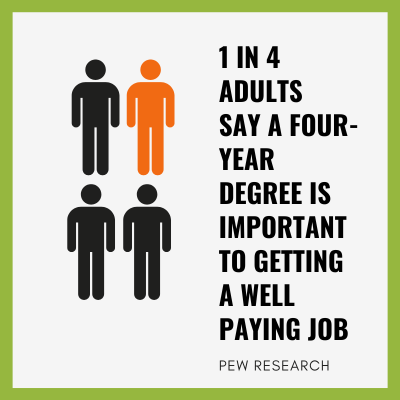A survey published by edX Enterprise
The arrival of advanced generative AI, and now ChatGPT, has sent a clear message to workers in nearly every sector: The AI revolution is here. Employers are turning to automation to deliver on their business goals, with C-suite executives openly embracing AI as a tool that can enhance productivity and efficiency. But effectively leveraging the power of AI requires a workforce that is skilled in using these tools.
edX’s recently released whitepaper, Navigating the Workplace in the Age of AI, shares insights from a survey of 800 executives and 800 working professionals. The survey finds that, rather than turning to post-secondary institutions to upskill, professionals are expecting their employers to deliver the training they need to meet the future demands of the workplace.
With this shift in expectations, Learning and Development (L&D) teams will face new challenges and opportunities as they work to bridge the skills gaps that exist for professional learners. How will they achieve this considerable task? This blog reviews findings from the survey, which can offer guidance to organizations managing the learning needs of their employees.
Who is responsible for learning and development?
The need to upskill is high; C-suite executives surveyed estimated that about half of the skills that exist in the workforce today won’t be relevant in just a few years. Faced with a skills gap, many workers have previously sought out education and training from institutions of higher education. However, the edX survey revealed that this mindset has shifted recently, with more than 80% of employees stating that they now see companies as the new post-secondary colleges.
C-suite executives overwhelmingly agree (93%), and are tasking L&D teams with ensuring that employees have the training they need to perform in their current roles and to excel in the next two to five years. But are they succeeding?
Read the full article here.
Or, if you are ready to learn more about Jobspeaker, speak with us today!


